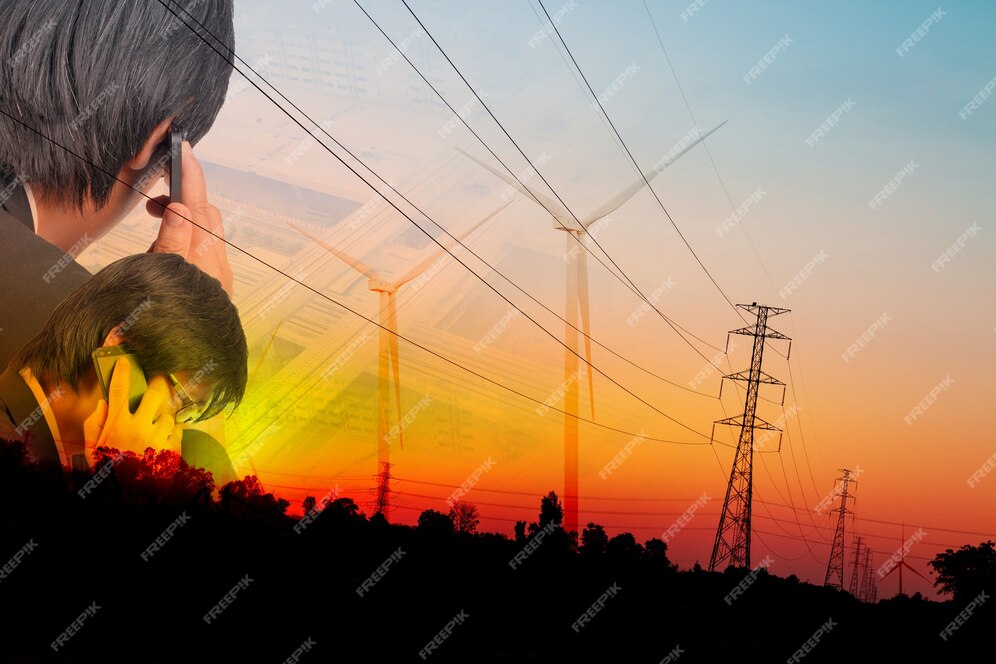Powerlines blog are often seen as a backdrop to everyday life, silently connecting us to the electrical grid that powers our homes, schools, and businesses. Yet, behind these seemingly ordinary structures lies an intricate and vital network that ensures we have access to electricity, lighting, and the many devices we rely on. In this article, we explore the importance of powerlines, their role in modern society, and the safety measures necessary to keep everyone safe.
The Role of Powerlines in Modern Life
Powerlines, or transmission lines, serve as the arteries of the electrical grid. They carry electricity over long distances from power plants to substations, and then from substations to homes and businesses. Without these lines, the constant flow of energy that powers everything from our homes to industries would be impossible.
These lines are typically made from aluminum or copper, which are excellent conductors of electricity. The wires are supported by tall towers or poles, which are usually spaced at regular intervals to provide stability and avoid any disruptions to the transmission process. Powerlines are often found crossing rural landscapes, spanning urban areas, or even running underground in some cases to reduce aesthetic and environmental impact.
Types of Powerlines
- High Voltage Transmission Lines: These carry large amounts of electricity over long distances, typically from power plants to substations. These powerlines are usually the most visible and are often seen running across open spaces or on tall towers.
- Distribution Lines: These lines bring electricity from substations to individual homes, businesses, and other establishments. Distribution lines can be found more frequently in residential areas and are generally lower in voltage than transmission lines.
- Underground Powerlines: In urban settings or areas prone to extreme weather, powerlines may be buried underground. Though more expensive to install, these lines are less vulnerable to storms and natural disasters.
The Importance of Powerline Safety
While powerlines are essential to modern life, they can also pose serious safety risks if not properly managed. Understanding the dangers associated with powerlines and following safety guidelines is crucial to prevent accidents. Here are a few key safety tips:
- Stay Clear of Powerlines: Never approach or touch a fallen or damaged powerline, as it may still be live and capable of delivering a fatal shock. Always assume that any downed line is energized.
- Keep a Safe Distance: When working around powerlines, always maintain a safe distance. The National Electrical Safety Code recommends staying at least 10 feet away from any overhead lines, especially when operating machinery or ladders.
- Report Hazards Immediately: If you spot a damaged or downed powerline, contact your local utility provider or emergency services immediately. Do not attempt to resolve the issue on your own.
- Educate Children: Powerline safety should be part of the education process for children. They should be taught never to climb trees near powerlines or to fly kites near electrical infrastructure.
Environmental Impact and Innovation
While powerlines are essential for distributing electricity, their environmental impact has also been a concern. The construction of powerlines can disrupt local ecosystems, particularly in rural areas. In addition, high-voltage lines that run across scenic landscapes or forests can have aesthetic implications, especially for communities that prioritize natural beauty.
However, advancements in technology and design are addressing some of these concerns. For example, engineers are now working on more efficient materials for powerlines that reduce the environmental footprint, as well as innovations in underground cabling to preserve natural landscapes.
In addition, the expansion of renewable energy sources like solar and wind power requires the development of new infrastructure to integrate these technologies with existing power grids. As renewable energy continues to grow, powerlines will play an essential role in transmitting clean, sustainable electricity to various regions.
Conclusion: Powerlines Keep Us Connected
Powerlines may seem like an everyday part of the landscape, but their role in modern society is anything but ordinary. From transmitting electricity across vast distances to keeping our homes powered, they are indispensable to our way of life. As we continue to innovate in energy production and transmission, powerlines will evolve, but their essential role in keeping us connected to the world of energy will remain. By understanding their importance and adhering to safety protocols, we can ensure that these power-laden pathways continue to deliver the energy that powers our future.

